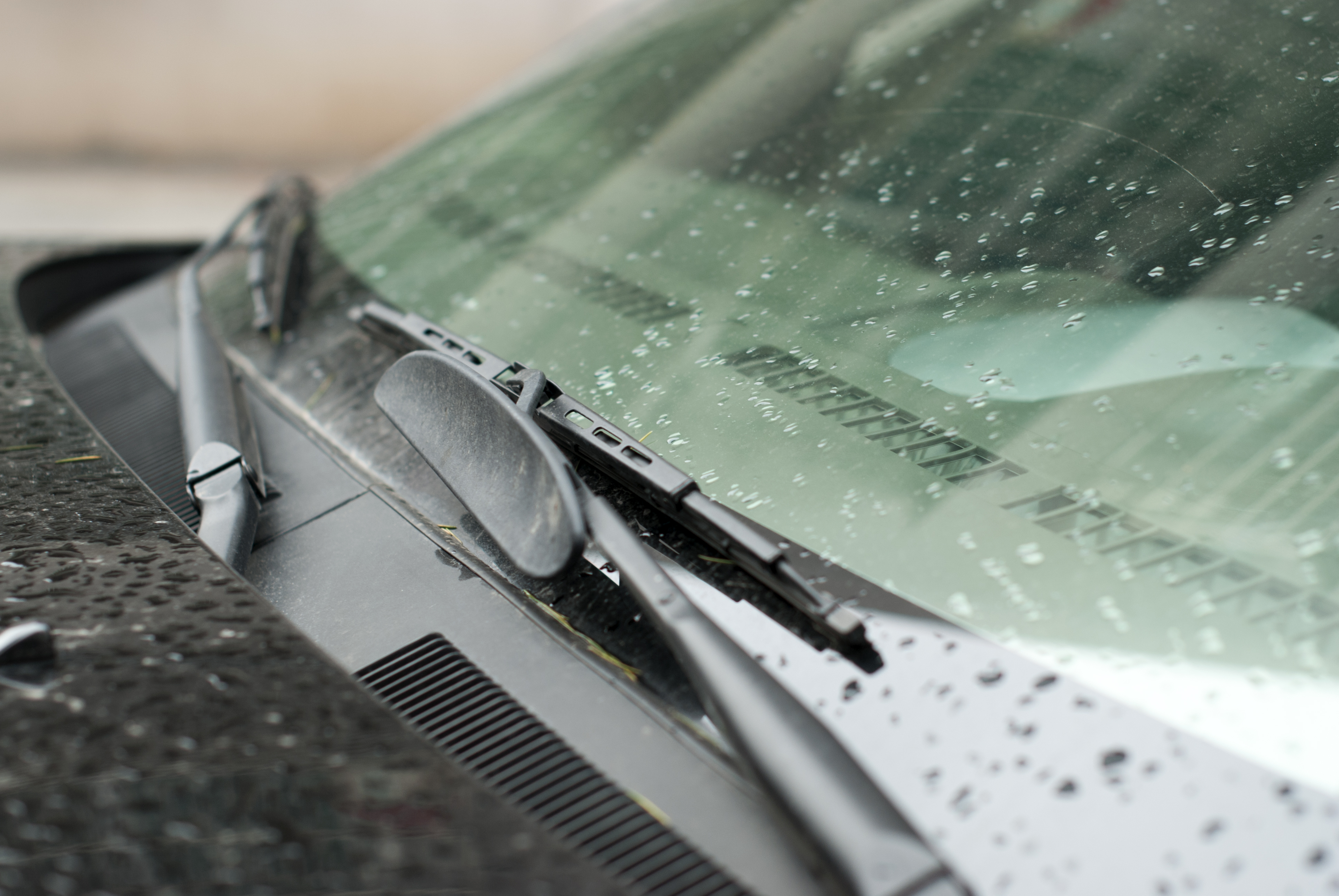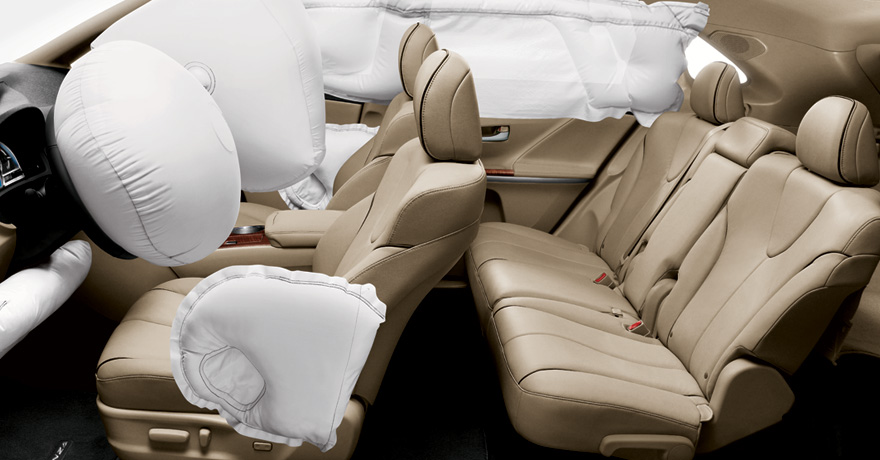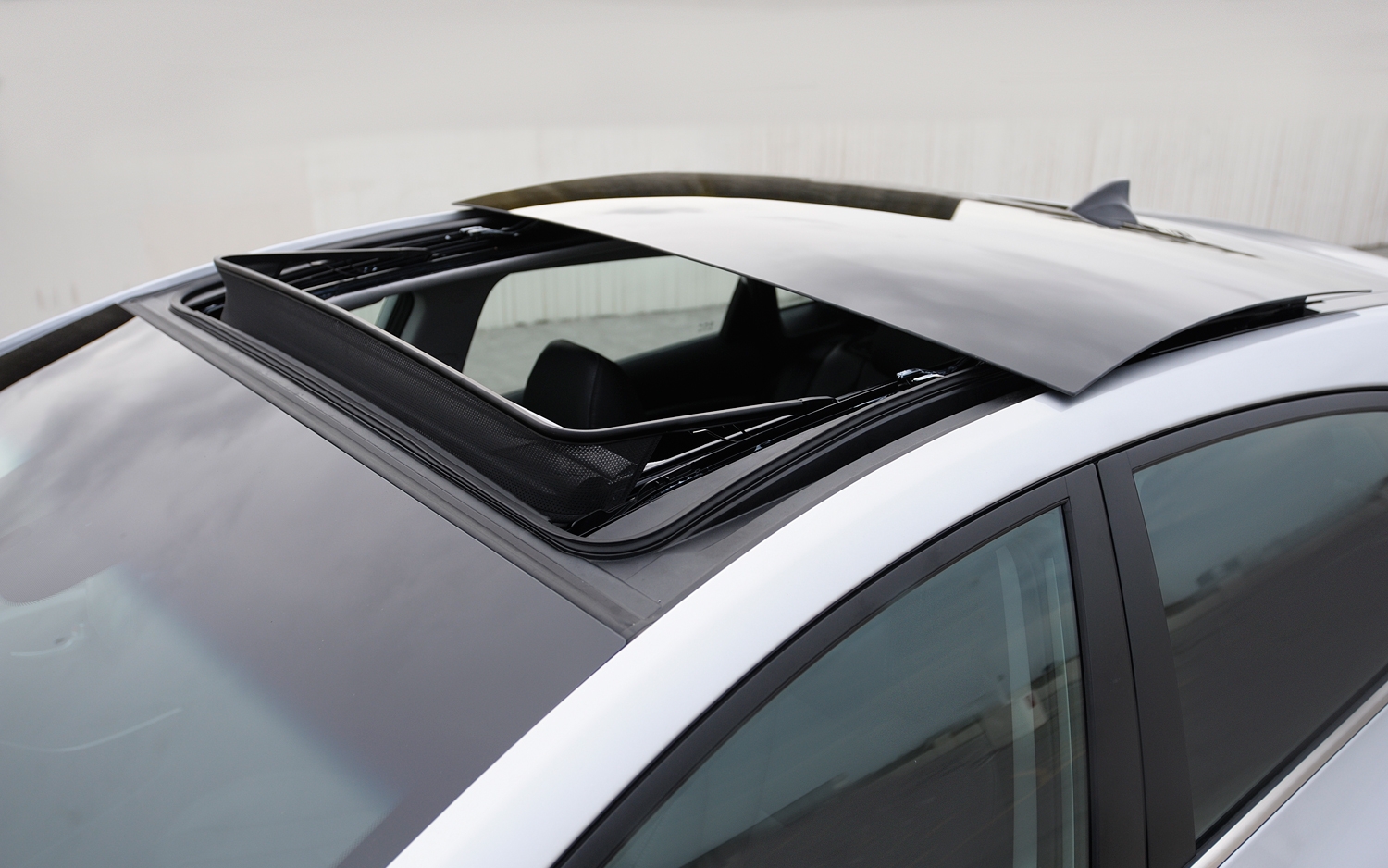Complete Guide to your Car’s Anatomy
How well do you actually know your car? Cars have come a long way since they were first invented, with many specifications added along the way. With driverless cars on the way in Singapore, let’s reminisce the inventions of key vehicle parts in your car that you might just have been taking for granted. Presenting to you, the complete guide to your car’s anatomy:
1. Electric Headlights

The first electric headlights were introduced in 1898, but these had many disadvantages, like the filaments burning out quickly in the rain or snow. In 1912, Cadillac rolled out the modern headlamp system that was designed to be waterproof.
2. Electric Turning Signals

Buick, a premium car line of General Motor’s, introduced the first electric turning signals in 1938.
3. Windscreen Wipers

Mary Anderson invented the automatic windscreen wipers in 1903.
4. Steering Wheel

In the first cars invented, drivers had to steer with a lever. It was not until later that cars had steering wheels.
5. Airbag

The passenger’s airbag is usually twice the size of the driver’s airbag due to the distance from the dashboard to the passenger. The airbag opening speed can reach up to 320km/h. An airbag will also open, on average, 40 milliseconds after impact.
6. Car Radio

The first car radio was only invented in 1929.
7. Odometer

The first simple odometer was invented by Benjamin Franklin in 1763, when he was acting as Postmaster General, as a method of measuring the best routes for delivering post.
8. Car Window

Car company Daimler introduced the the first electric car windows in 1948. However, it was only in the 1960s that the curves on car windows started to appear.
9. License Plate

Car license plates were first issued in 1893 in France by the police.
10. Third Brake Light

Psychologist John Voevodsky invented the third brake light in 1974. This is mounted at the base of the rear window.
11. Windscreen

The first car windows were sold as an expensive option for motorists who wanted something more than goggles. In 1927, there was a breakthrough of laminated glass, which had a film in-between the two sheets of the windscreen glass that protected it from shattering. Prior to this, windscreens were plain glass that shattered in the event of an accident.
12. Bonnet

A bonnet or the hood of the car can absorb the sound produced in the engine.
13. Tyres

The first pneumatic tyre was made by John Boyd Dunlop, a Scottish veterinarian, in 1887 and it was developed for his bicycles. In 1839, Charles Goodyear discovered the process of vulcanisation during a demonstration gone wrong. The process turned out to be extremely useful for making tyres and is still used today. This is considered one of history’s greatest accidents. The first inflatable tyre was made out of leather. It was not until later that rubber tyres were developed.
14. Air Conditioning

The first car with air conditioning, a Packard model, began production in late 1939.
15. Heater

Thomas Ahearn from Canada invented the first electric car heater in 1890.
16. ABS Brakes

ABS brakes or anti-lock brakes were originally invented for airplanes in 1929. They were not incorporated into vehicles until after they were tested in 1958 on the Royal Enfield Super Meteor motorcycle. In the 1960s, an experimental Ford Zodiac was built with ABS.
17. Car Brakes

The first form of car brake was a wooden block brake. A lever moved a block of wood to press on the wheel to make it stop.
18. Seat Belts

Wearing a properly adjusted seat belt has been found to help reduce the risk of fatal or serious injury by up to 50%.
19. Sunroof

The first car company to offer a sunroof as a standard option was the Nash Motor Company in some of the 1937 models.
Now that you are well aware of your car’s anatomy, refer to our comprehensive guide to car terminology to impress people (especially car dealers) today!




